The crash of a Cruise ride-share vehicle in San Francisco last October has raised concerns about the readiness of robocab technology. But how will buyers take to an alternative approach that has launched in Las Vegas? German startup Vay’s small fleet doesn’t have humans onboard. Instead, it relies on remote “teledrivers.”
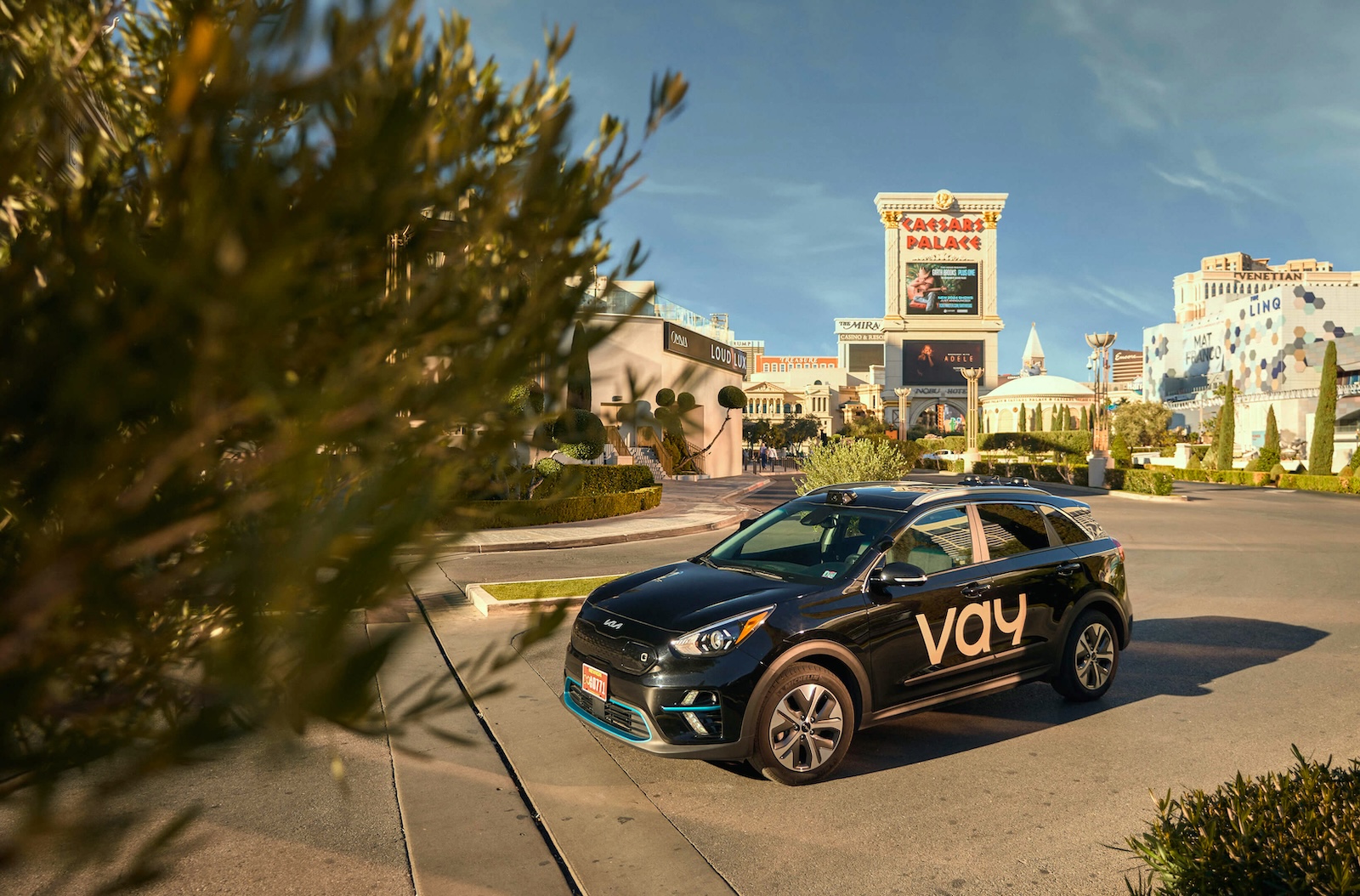
The latest venture in the ride-share fleet world is Vay, but the German startup doesn’t rely on the car to do the driving instead using teledrivers.
There’s a new driverless ride-sharing in town and German-owned Vay aims to offer an alternative to both familiar brands like Uber and Lyft, as well as fully driverless alternatives such as Waymo and Cruise.
The German start-up has also taken the driver out of the small fleet it’s newly launched in Las Vegas. Instead, it relies on “teledrivers” operating from a remote location.
How it works
Vay is really a car-sharing, rather than ride-sharing service. It uses its remote operators to deliver vehicles to customers who then operate the company’s rental EVs just like any normal vehicle. Once they finish up, the teleoperators remotely drive the vehicles back to a central location.
“After five years of developing our technology, we are bringing our vision to life in Las Vegas,” said Vay co-founder and CEO Thomas von de Ohe. “Our convenient, affordable and sustainable door-to-door mobility service aims to free cities from parked cars and make them more livable and greener.”
Eventually, Vay does plan to switch from teledrivers to fully autonomous vehicles. It has installed cameras on its vehicles that, it claims, will learn while being remotely driven. Using machine learning technology it is betting it can eventually go fully driverless which should help lower its operating costs.
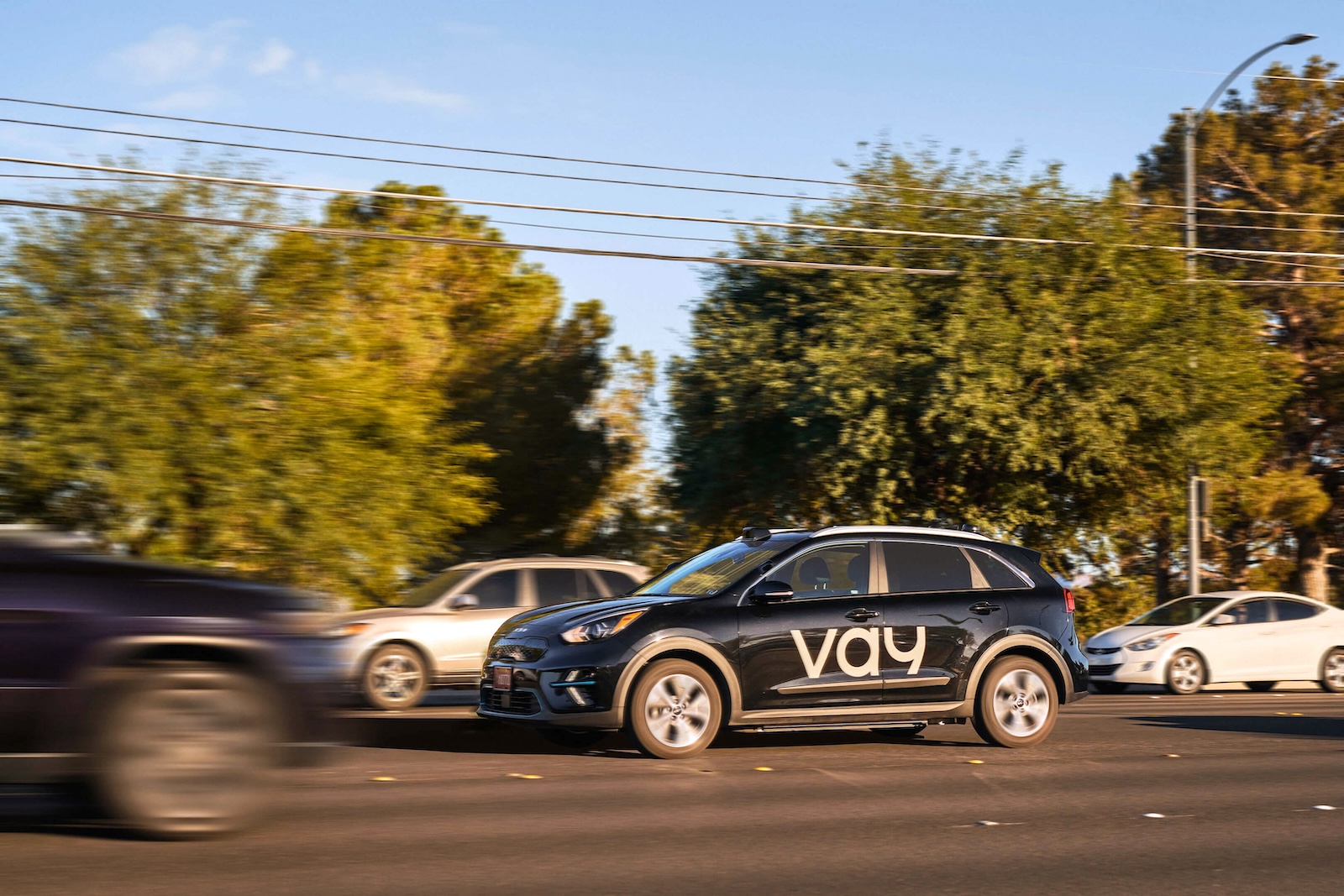
Vay was founded in 2018 but only began testing its technology on public roads last May in Hamburg, Germany.
Where it’s operating
Vay was founded in 2018 but only began testing its technology on public roads last May in Hamburg, Germany. It introduced a small handful of vehicles into Las Vegas for pilot testing last November and this month is making itself available in the community around the city’s arts district and the University of Nevada Las Vegas.
Like more established car-sharing services such as ZipCar, Vay has a different model from traditional vehicle rentals. It targets those who need some wheels for a short period of time — perhaps a college student at UNLV that needs to run to Costco for dorm supplies.
Vay customers pay 30 cents a minute while driving, and 3 cents per minute during stopovers. It claims its services are cheaper than using a regular cab or ride-sharing company.
More Autonomous Vehicle News
- Cruise cuts workforce in wake of near-fatal robocab crash
- Tesla recalls 2 million EVs due to Autopilot defects
- Mercedes-Benz launches 1st-ever Level 3 driving tech in California
Tele-parking
Vay isn’t the only company exploring the idea of using remote operators, rather than fully autonomous technology.

It uses its remote operators to deliver vehicles to customers who then operate the company’s rental EVs just like any normal vehicle.
At CES 2024, BMW demonstrated its new Remote Valet technology. It allows a motorist to simply pull up to the main entrance of a parking lot or garage and get out. If their vehicle is equipped with remote camera and control technology, a teleoperator takes control and remotely parks the vehicle. There could be even more demand by rental fleets, officials told Headlight.News, because a company like Hertz or Avis could pre-install the necessary hardware and software into its rental models.
But Vay’s don de Ohe sees where even retail vehicle owners might want to use the technology. “If every vehicle drives off the production line equipped with teledriving, you can have an on-demand tele-valet that parks your car for you,” he told the Reuters news service, “and then teledrives you home in your own car if you have a few glasses to drink.”
Autonomous driving hits a speedbump
Whether Vay’s approach will resonate with potential customers — and regulators, should it move to expand to other markets — is far from certain. What’s clear is that fully driverless vehicle technology has run into a number of setbacks.
The most serious occurred last October when a pedestrian was struck by a robocab operated by General Motors’ Cruise subsidiary in San Francisco. The woman was first struck by a hit-and-run driver and tossed in front of the Cruise EV which immediately stopped. But it started up again shortly afterwards, dragging the injured pedestrian to the curb. California authorities have suspended Cruise’s operating license and GM is reevaluating the subsidiary’s future.

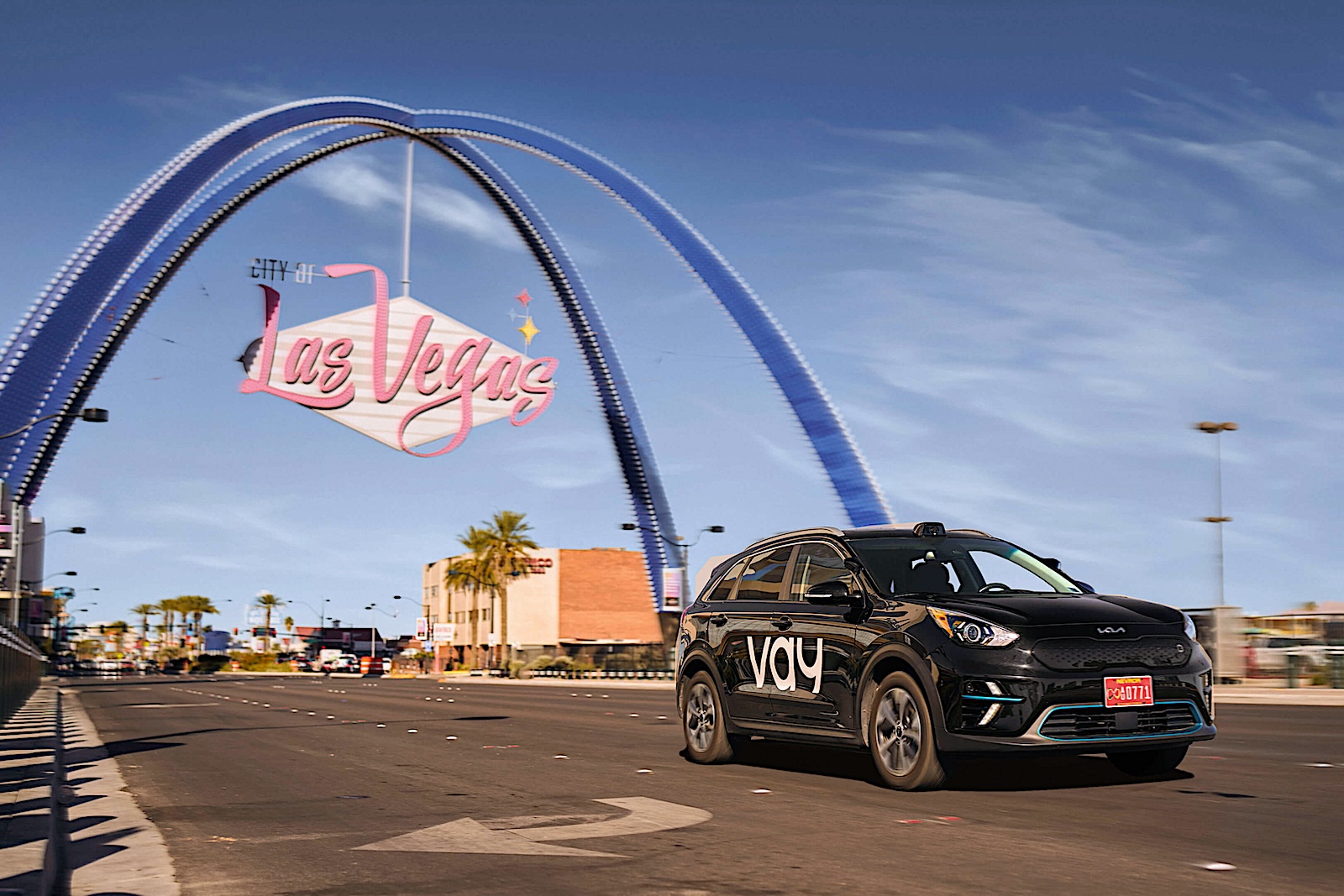


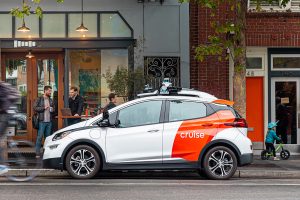


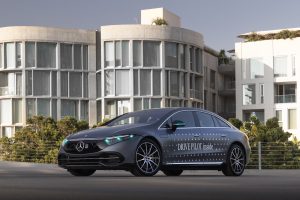
0 Comments